Filip Šroubek
Harmformer: Harmonic Networks Meet Transformers for Continuous Roto-Translation Equivariance
Nov 06, 2024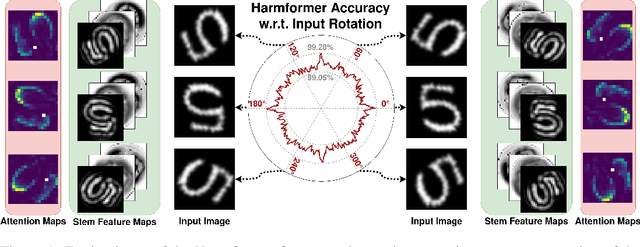


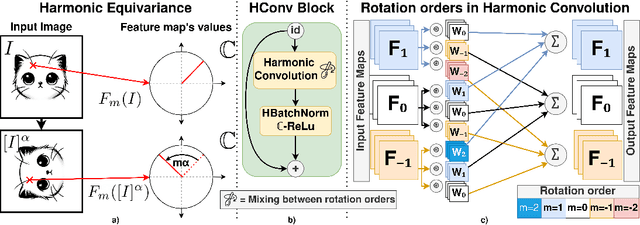
Abstract:CNNs exhibit inherent equivariance to image translation, leading to efficient parameter and data usage, faster learning, and improved robustness. The concept of translation equivariant networks has been successfully extended to rotation transformation using group convolution for discrete rotation groups and harmonic functions for the continuous rotation group encompassing $360^\circ$. We explore the compatibility of the SA mechanism with full rotation equivariance, in contrast to previous studies that focused on discrete rotation. We introduce the Harmformer, a harmonic transformer with a convolutional stem that achieves equivariance for both translation and continuous rotation. Accompanied by an end-to-end equivariance proof, the Harmformer not only outperforms previous equivariant transformers, but also demonstrates inherent stability under any continuous rotation, even without seeing rotated samples during training.
Non-Causal Tracking by Deblatting
Sep 15, 2019
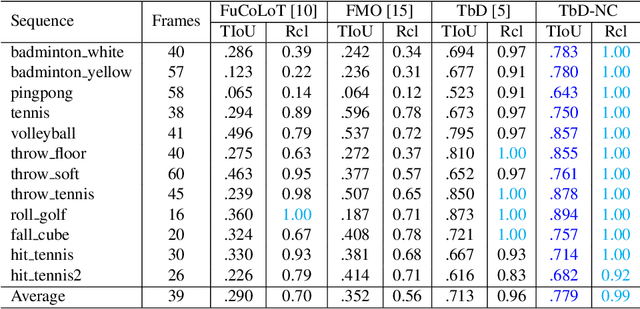


Abstract:Tracking by Deblatting stands for solving an inverse problem of deblurring and image matting for tracking motion-blurred objects. We propose non-causal Tracking by Deblatting which estimates continuous, complete and accurate object trajectories. Energy minimization by dynamic programming is used to detect abrupt changes of motion, called bounces. High-order polynomials are fitted to segments, which are parts of the trajectory separated by bounces. The output is a continuous trajectory function which assigns location for every real-valued time stamp from zero to the number of frames. Additionally, we show that from the trajectory function precise physical calculations are possible, such as radius, gravity or sub-frame object velocity. Velocity estimation is compared to the high-speed camera measurements and radars. Results show high performance of the proposed method in terms of Trajectory-IoU, recall and velocity estimation.
Intra-frame Object Tracking by Deblatting
May 09, 2019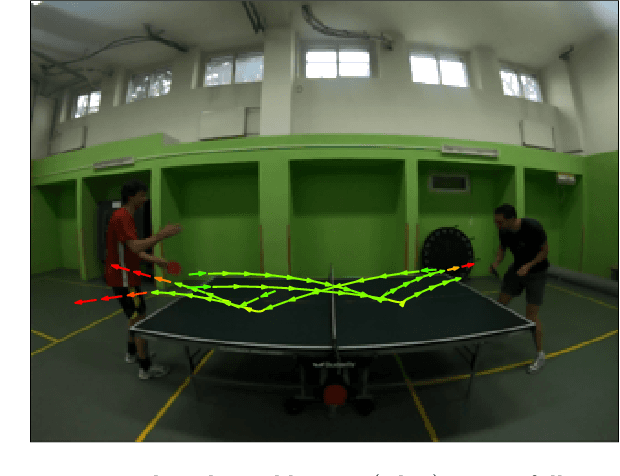
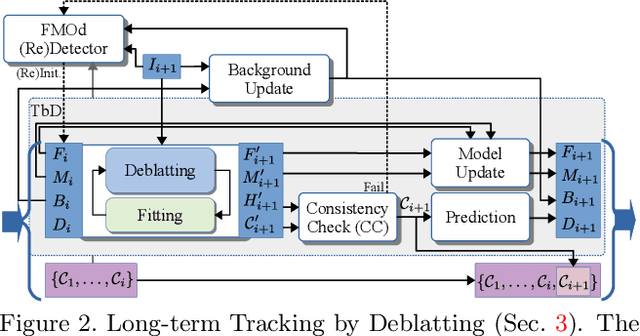
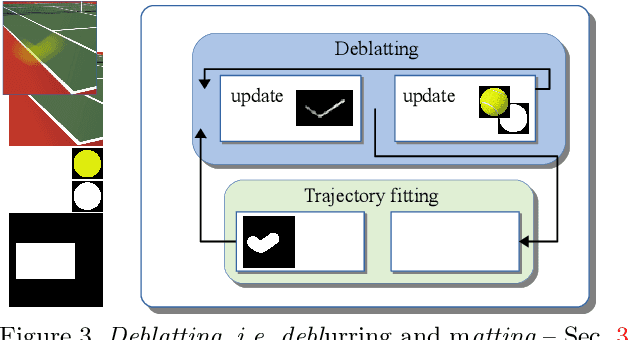
Abstract:Objects moving at high speed along complex trajectories often appear in videos, especially videos of sports. Such objects elapse non-negligible distance during exposure time of a single frame and therefore their position in the frame is not well defined. They appear as semi-transparent streaks due to the motion blur and cannot be reliably tracked by standard trackers. We propose a novel approach called Tracking by Deblatting based on the observation that motion blur is directly related to the intra-frame trajectory of an object. Blur is estimated by solving two intertwined inverse problems, blind deblurring and image matting, which we call deblatting. The trajectory is then estimated by fitting a piecewise quadratic curve, which models physically justifiable trajectories. As a result, tracked objects are precisely localized with higher temporal resolution than by conventional trackers. The proposed TbD tracker was evaluated on a newly created dataset of videos with ground truth obtained by a high-speed camera using a novel Trajectory-IoU metric that generalizes the traditional Intersection over Union and measures the accuracy of the intra-frame trajectory. The proposed method outperforms baseline both in recall and trajectory accuracy.
 Add to Chrome
Add to Chrome Add to Firefox
Add to Firefox Add to Edge
Add to Edge